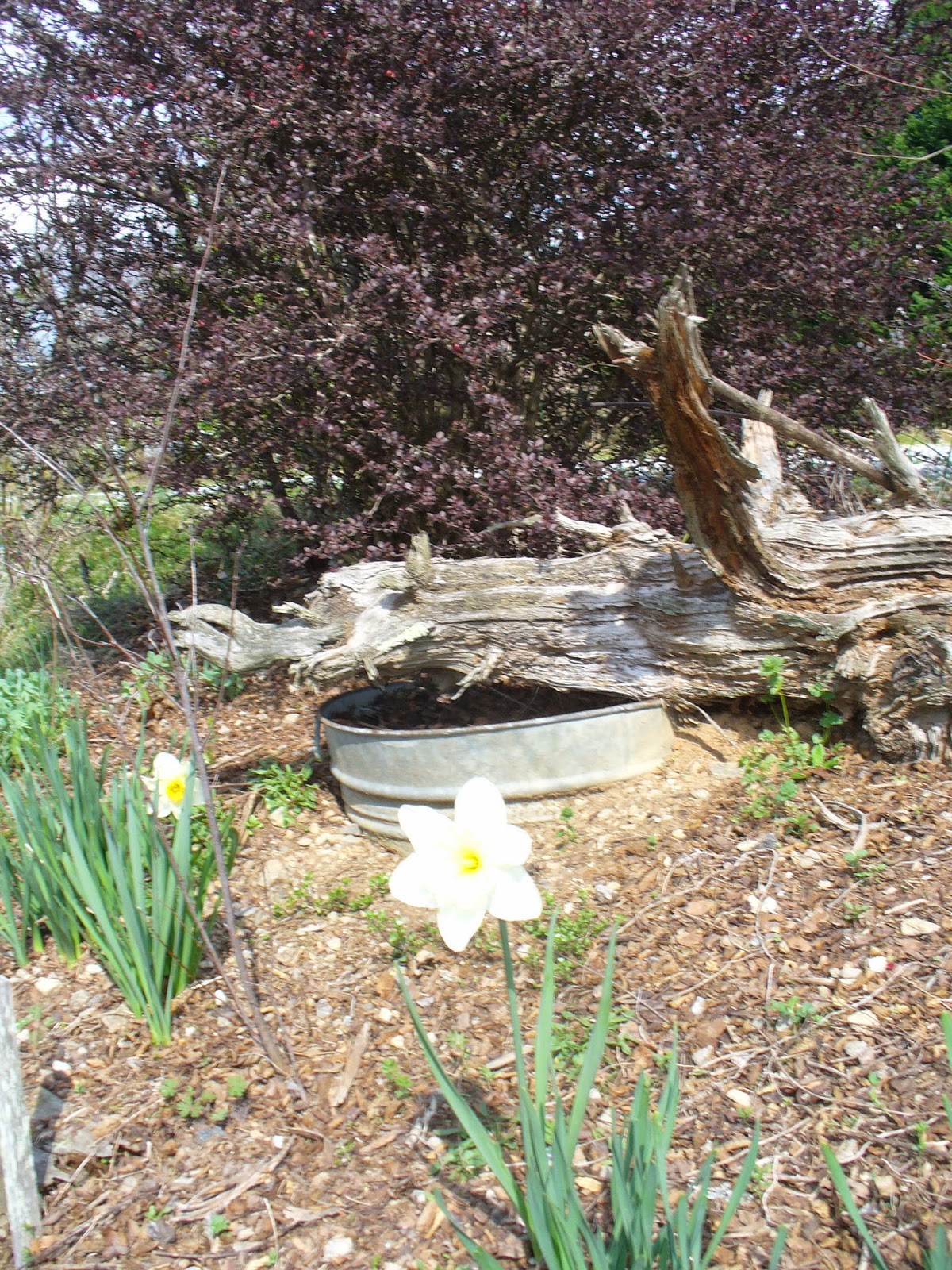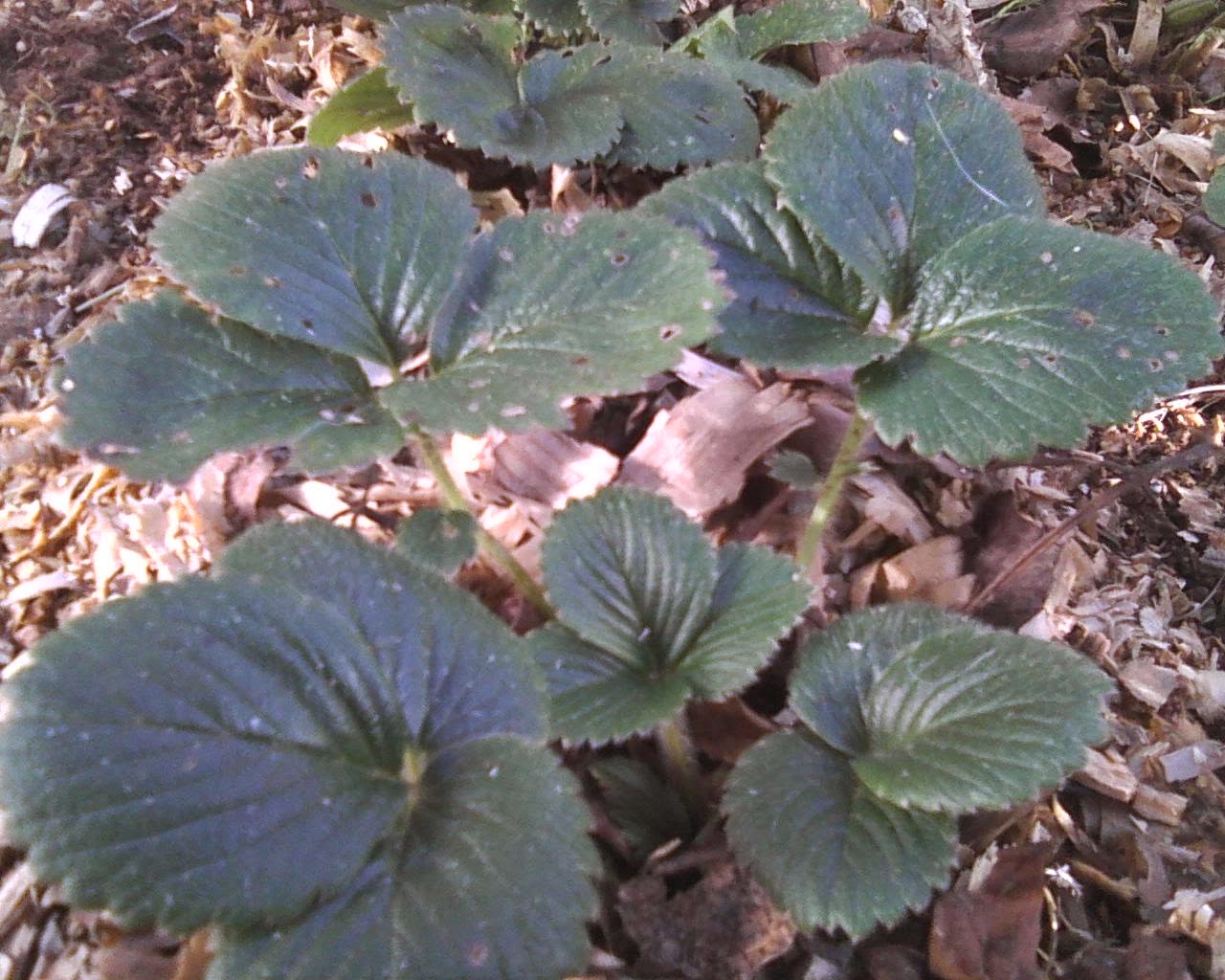We all have flower pots sitting here and there with our
favorite plants growing in them. You can buy flower pots in many
different colors and sizes but have you ever wished for something that would
match the flavor of your landscape, something unique and original? Here
are some ideas for planters and flower beds that you may find to be just the
creative touch you are looking for.
In my yard I have an old wheelbarrow where I have planted
canna lilies for the past few years. I also have an old wicker chair that
serves as a plant stand placed in front of a poplar tree to give the plant
shade. An old sand box is now a flower bed for tulips, hyacinths and
hostas. Along the edge of my yard is a terrace wall that divided my
grandfather’s cornfield from a field of black-eyed peas many years ago.
Now it serves as a border around the yard where I have planted a multitude of
old-time shrubs and flowers from my grandmother’s yard that are very difficult
to find anywhere else. They grow well
along the terrace among the dogwood trees and moss.
Near the front steps we have an old utility sink filled
with potting soil where I plant annuals in the summer and kale in the
winter. Kale stays green all winter and has pretty stems – some yellow
and some red. Before putting the dirt in the sink I placed several layers
of newspaper in the bottom to cover the drain hole and keep the dirt in.
Water can still drain through the newspaper so the sink doesn’t fill up with
water.
An old pair of tennis shoes or worn out work boots
containing snapdragons, marigolds or some other annual with pretty blooms would
look nice sitting on either side of your front steps or on your porch or
patio. Even a house plant that can be set outside in warm weather would
add a cheery green touch to an old boot! A boiler or other deep pot from your old set
of cookware makes a great home for columbine or foxgloves.
At one end of our yard there is a tall cedar tree and
underneath it are several very large rocks moved from different places to make
a circle at the base of the tree. These rocks serve as interesting
surfaces to set things on. In between
the rocks there are strawberry plants that produce berries each spring.
Sitting on the rocks there is a wire basket with a lining of moss where I plant
geraniums or a large begonia. Another rock has an old metal teapot
with some petunias in it. A large ornamental pepper plant growing in a
plastic cauldron left over from a Halloween party sits on one and an old metal
mailbox dresses up another with moss rose streaming out of it.
To the side of the yard I have two large galvanized steel
washtubs that hold herb gardens. Rosemary, thyme, cilantro, bay leaves
and oregano grow well there. Beside them there is a dogwood tree that
serves as a trellis for a Cherokee rose. At the base of the tree where
the roots have grown near the surface of the ground, I have dug a small spot
for some wild violets. They love the shade and the soft dirt between the
tree roots. Two trees at the other side of the yard have grown
close together and there is a small pile of dirt between them. I have
planted cardinal vines here and they run up the trees decorating the trunks
with their beautiful red flowers.
My mom had an old wicker chair with a hole in the seat in
which she had put a trash bag rolled down to fit the space and filled with
dirt. She planted brightly colored flowering annuals in it each summer
and it was a beautiful centerpiece in her yard. Nearby was the stump of a
dead tree with the middle hollowed out a few inches down and refilled with
dirt. This held different types of mint which continue to come back year
after year.
Recently my husband has built several wooden manger-style
planters on legs. The planters are made in different lengths and depths
and are painted or stained to blend into the area where they will sit.
They are deep enough to hold tulip or daffodil bulbs or even dahlias.
Another good idea for this type of container is to fill it with strawberry
plants.









.jpeg)





